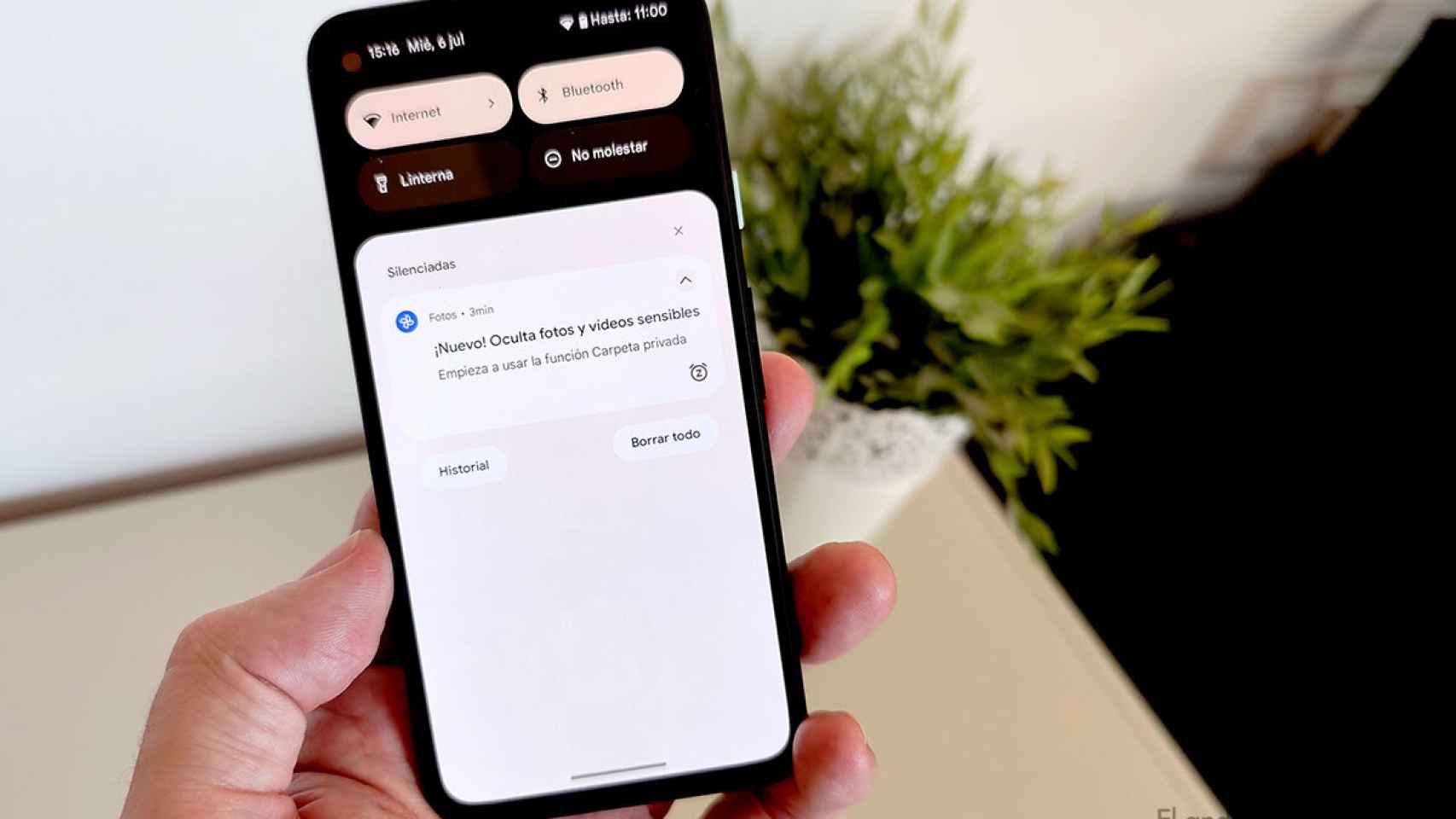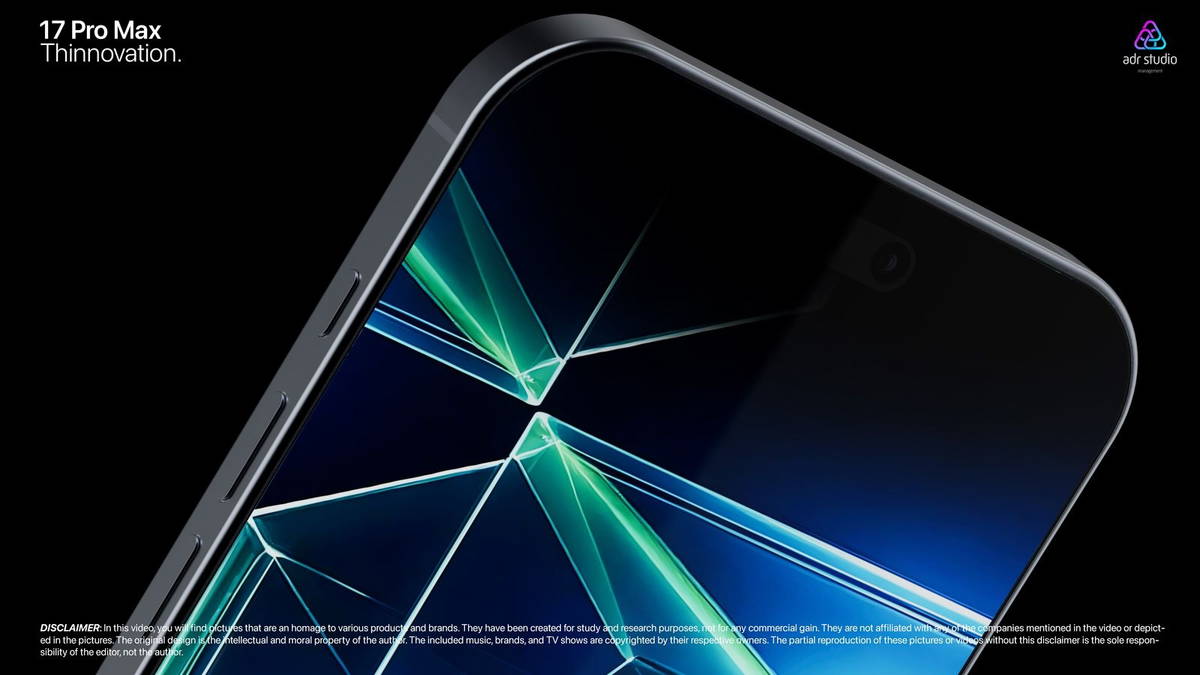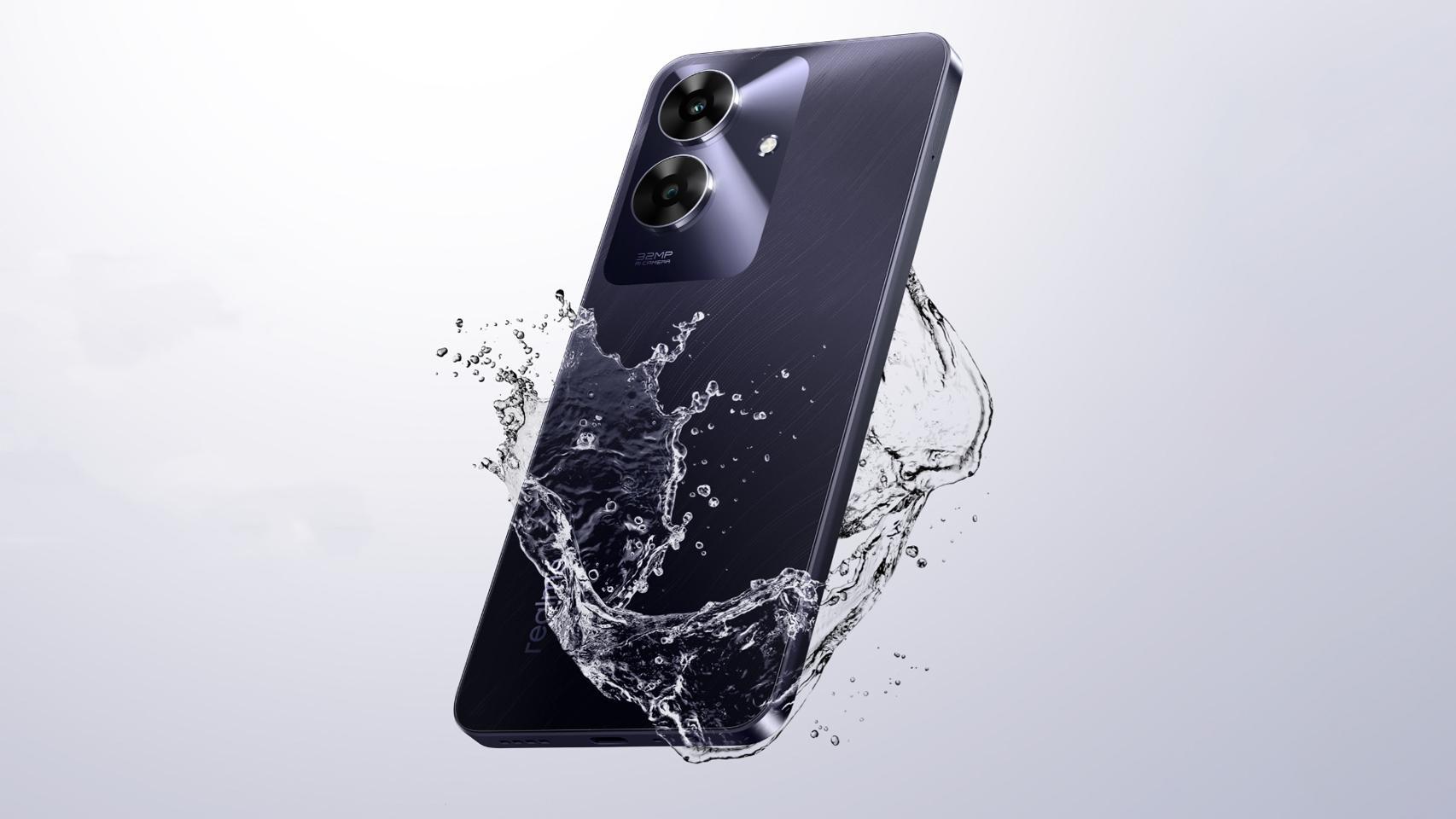Google has two excellent navigation apps: the original Maps and the later-acquired Waze. However, there is a world of alternative navigation apps compatible with Android Auto. On a personal note, my favorite driving navigation app is Waze, but just as it’s clear to me when I’m driving my car (a 2015 Volkswagen Polo with a “dumb” console), when I’m in the 2018 Seat of my partner León, whose console has Android Auto, things were more contradictory and Coolwalk was to blame: Waze was not going too well with the new interface. Now that the latest stable version of Waze has been fully adapted to Android Auto Coolwalk, there is no longer any doubt: Waze is once again the best thing I’ve tried to get to my destination.
Lack of adaptation to Coolwalk was key
The arrival of Android Auto Coolwalk on compatible vehicles was long overdue, but so was the adaptation of applications as important as Waze. In fact, when Google started rolling out this redesign, only Google Maps was fully prepared for the change. Waze, which I insist is also owned by Google, has been left behind
I had to wait, but the wait was worth it: in January, its betas started to adapt completely to Coolwalk, but it was not until four months later that we could enjoy it in a stable version for everyone. And now yes: in my opinion Waze sweeps Google Maps again on Android Auto.
Come on, it’s not the same to compare Waze and Google Maps raw, app vs. application (in which case, by the way, I still prefer Waze) than facing them in Android Auto, where the experience adapted to the console and the search for simplification in a scenario where doing things quickly, easily and without taking your eyes off the road is imperative.
In the Android Auto console, Google Maps wins on aspects such as the search for points of interest (thanks to the fact that it implements categories and the introduction of text, while Waze only has the latter) or exclusive functions such as satellite view or route sharing, but the sincerity of the last two points, I hardly use them on a daily basis. So in practice, until now what could tip the scales was the best adaptation to the Coolwalk and the points of interest. But now that Waze is fully integrated with the new Android Auto, Waze is much better on the road
For driving, I prefer Waze
For tastes, colors and interfaces: I have always preferred the appearance of Waze to Google Maps because This seems clearer and more schematic to me at first glance. At a glance, you can see the time, distance and traffic status when choosing a route and displayed on the map in a well-differentiated way. Google, on the other h and, is flatter and less detailed, so you need more time to discover the same.

When you drive, you appreciate the details and how they look. Without going any further, in Google Maps more than once and twice I had to zoom in on the fly because I can’t make out the name of a street. Waze has a design more in the style of classic GPS and what is important is clearly visible. In fact, the important and the less important: there will be those who find it too overloaded compared to the minimalism of Maps.
The contribution of the community for me is providential in my experience. So, while Maps displays the DGT’s fixed speed cameras, with Waze you will be able to see the fixed and mobile lines provided by other users.
That there is an incident on the road? It could be a police check, a steering wheel in the middle of the sidewalk, an accident or similar… there Waze is the king inside and outside of Android Auto, but in the car even more with Google Maps which ends up showing them earlier rather than later and not so visible. The icing on the cake is that Google Maps does not have the option to report incidents in the console.
In Xataka Android | Google Maps vs Waze, In-Depth Comparison: Which App Has Better Navigation Options?









